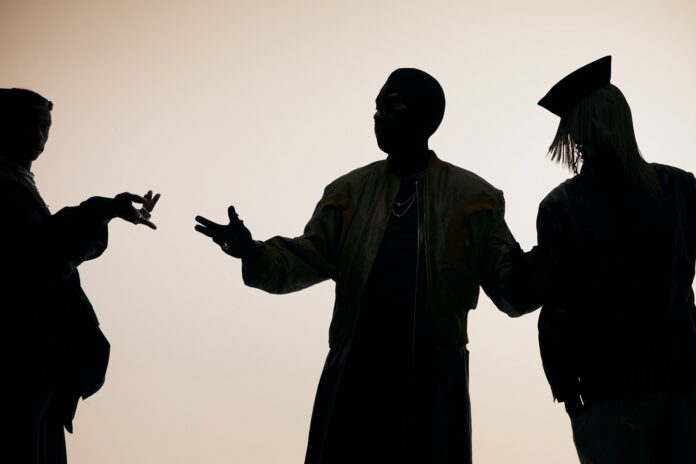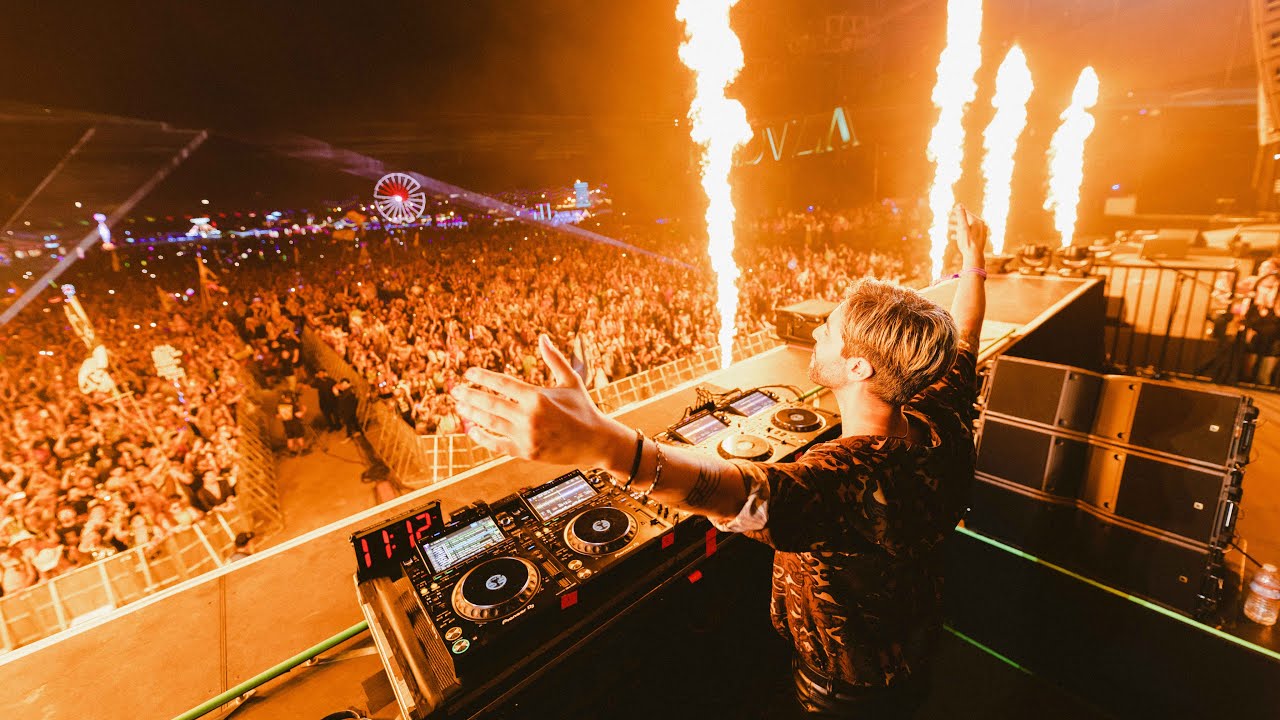Electronic dance music, sometimes called electronic dance music, party music, or just plain dance, is an expansive field of percussive electronic dance music genres developed primarily for clubs, raves, and parties. It has grown significantly in popularity over the past two decades. Many people consider electronic dance music to be synonymous with hip-hop or house music taken to a new level, but the origins of both are much different. DJs and enthusiasts have been bringing this style of music to clubs and parties for years.
Hip hop and house music are both highly technical, “real” music forms. The former is almost always pre-recorded, and the latter is almost always live (sometimes employing “stomping” music sounds). Electronic dance music takes a variety of elements from both of those styles. Most producers will use at least some electronic dance music samples in their tracks. Even if a track doesn’t use one of them, the music may still sound interesting and unique.
For example, hip-hop producers may incorporate breakcore, techno, even new age and industrial elements into their tracks. DJs may play reverb and other sound effects through their DJ decks. Other than that, however, there’s really no particular “style” or “influencers” within electronic dance music. No matter how a DJ spins a track, it can be described as “dance music.”
Electronic dance music artists are not limited by geographical borders or even age. Although many popular dance labels and radio stations in the US and Europe have begun syndicating electronic dance music events, the term is often used loosely. Sometimes the focus is on local electronic dance events or club nights, but more frequently the term “dance music” is used to describe an entire festival featuring a wide variety of musical styles and producers. This has led to some confusion about whether electronic dance music has become too mainstream or just overly saturated with mainstream influences. It’s a question that doesn’t have an answer because everyone who plays and appreciates electronic dance music will define it differently.
Part of the confusion stems from the fact that electronic dance music artists have traditionally been portrayed as part of the rave subculture – people hanging out in clubs wearing expensive costumes, engaging in crazy stunts and generally having a good time. Today, electronic dance music is seen as something that has come along way since the dawn of rave culture. Electronic dance music producers and performers are seen as urbane, cool, sophisticated and as much concerned with their image on the dance floor as the rest of us.
In some circles, the divide continues. Some electronic dance music producers feel they’ve achieved a kind of success for themselves by capitalizing on the image problem. They feel they’ve re-shaped the electronic dance music world without actually changing it. They believe that they’ve broken free of traditional attitudes to professionalism and that their music isn’t subject to the same critical scrutiny as, say, hip hop. The truth is that no one can claim this.
Modern electronic dance music fans have a different relationship with electronic dance music than their counterparts did a generation ago. Today’s fans appreciate electronic dance music for its accessibility and its non-judgmental attitude. They look at past trends with an eye toward the future, not judging it by what they remember. Fans no longer focus on whether a DJ is a “real” DJ; they look at his ability to put on a good show and listen to him.
Electronic dance music continues to evolve into a unique and exciting genre. Its long road ahead continues to be paved by more DJs putting forth innovative and compelling shows. As the years go by, electronic dance music will continue to take chances and develop into an even more evolved form. But for now, what you have is always more than you could ever want or need.


